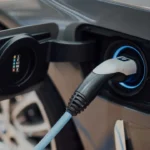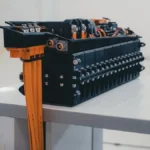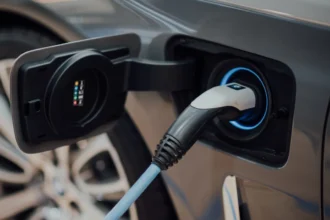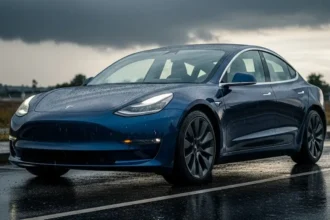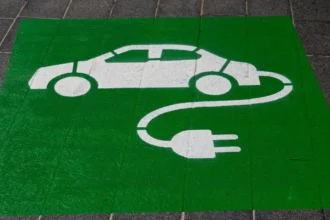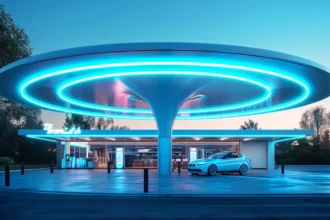What happens when India’s leading electric scooter company faces its biggest challenges yet? Ola Electric, led by CEO Bhavish Aggarwal, just announced ambitious targets for the coming quarter that could determine its future. According to YourStory, the company expects to earn between Rs 800-850 crore in adjusted revenue during Q1 FY26, a dramatic improvement from recent struggles.
Understanding Ola’s Current Financial Struggles
The company’s recent financial performance tells a concerning story that every investor should understand. Ola Electric’s losses have grown significantly, reaching Rs 870 crore in the last quarter compared to Rs 416 crore the previous year. This means the company is losing money much faster than before, which is never good news for any business.
| Financial Metric | Q4 FY25 Performance | What This Means |
| Net Loss | Rs 870 crore (vs Rs 416 crore previous year) | Company spending far more than it earns, showing serious financial pressure |
| Revenue Drop | 62% decline to Rs 611 crore | Massive reduction in sales income, indicating market challenges and customer hesitation |
Business Standard reported these figures, which show how dramatically the company’s revenue fell from Rs 1,598 crore to just Rs 611 crore. This 62% drop means Ola Electric earned less than half of what it made the previous year.
Technology Challenges Holding Back Growth
Behind these financial troubles lie serious technical problems that most people don’t understand. EVINDIA reports that Ola’s new Roadster motorcycle faces regulatory approval issues because of problems with critical components. Think of it like a car failing its safety test because important parts don’t work properly.
- Battery Technology Delays: Ola planned to use advanced 4680 battery cells but had to postpone this integration to focus on current products. These batteries are like upgraded engines that could make scooters more powerful and efficient.
- Warranty Cost Problems: The company set aside Rs 250 crore for one-time warranty costs to fix problems with older scooter models. This is like a massive repair bill for products already sold to customers.
- Regulatory Compliance Issues: Ola faced problems getting proper approvals from state transport offices, which prevented them from selling vehicles legally in some areas.
ICRA notes that Ola Cell Technologies achieved 1.4-GWh commercial production in March 2024, but integration challenges mean these batteries won’t be used in vehicles until Q1 FY26, causing further delays.
The Recovery Strategy: Ambitious Goals Ahead
Despite current problems, Ola Electric has set specific targets that show confidence in recovery. The company plans to deliver 65,000 units of scooters and motorcycles next quarter, up from 51,375 units previously delivered.
Aggarwal stated that regulatory issues are now “behind us,” suggesting the company has resolved its compliance problems. The company also expects to achieve EBITDA profitability, which means earning enough money to cover basic operating costs before accounting for interest and taxes.
This recovery plan represents Ola Electric’s attempt to regain investor confidence and market leadership. Whether these ambitious promises become reality will determine if India’s electric vehicle pioneer can overcome its current challenges successfully.


